i bc27f85be50b71b1 (259 page)
Read i bc27f85be50b71b1 Online
Authors: Unknown



API'F:NDIX 111-8: MECHANICAL VENTILATION 825
• T-piece: Breathing off of the ventilator, while still intubated, for
increasing periods of time. This technique is sorr of an all-or-none
method. Patients need to have the respiratory drive to breathe
spontaneously and the capability to generate adequate VT to
atrempt this weaning process. The process aims to improve respirarory muscle strength and endurance with prolonged time periods of independent ventilation.
• PSV: The patient spends periods of time with decreased pressure
sllpporr to increase his or her spontaneous ventilation. Two factors
can be manipulated with PSV: (I) to increase the strength load on
the respiratory muscles, PSV can be reduced, and (2) to increase
the endurance requirement on the respiratory muscles, the length
of time that PSV is reduced can be increased.
Recently, it was demonstrated that the T-piece and PSV methods of
weaning were superior to the IMV or SIMV methods."
Five major factors ro consider during a patient'S wean follow6:
I .
Respiratory demand (the need for oxygen for metabolic
processes and the need to remove carbon dioxide produced during
metabolic processes) and the ability of the neuromuscular system
to cope with the demand
2.
Oxygenation
3.
Cardiovascular performance
4.
Psychological factors
5.
Adequate rest and nutrition
The following are signs of increased distress during a ventilator
wean3.6:
• Increased tachypnea (more than 30 breaths per minute)
• Drop in pH to less than 7.25-7.30 associated with an increasing
Paco2
• Paradoxical breathing pattern (refers to a discoordination in
movements of the abdomen and thorax during inhalation) (Refer
to Chapter 2.)
• Oxygen saturation as measured by pulse oximetry less than 900/0

826 AClITE CARE HANDBOOK FOR I'HYSICAL THERAPISTS
• Change in heart rate of more than 20 beats per minute
• Change in blood pressure more than 20 mm Hg
• Agitation, panic, diaphoresis, cyanosis, angina, arrhythmias
Physical Therapy Considerations
A patient who is mechanically ventilated may require ventilatory sup
POrt for a prolonged period of time. Patients who require prolonged
ventilatory support are at risk for developing pulmonary complications, skin breakdown, joint conrractures, and deconditioning from bed rest. Physical therapy intervention, including bronchopulmonary
hygiene and functional mobiliry training, can help prevent or reverse
these complications despite mechanical ventilation.
Bronchopulmonary Hygiene
Patients on ventilatory support are frequently suctioned as parr of
their routine care. Physical therapists working with patients on their
bronchopulmonary hygiene and airway clearance should use suctioning as the last attempt to remove secretions. Encouraging the process of huffing and coughing during treatment will improve or maintain
cough effectiveness (huffing is performed without glottis closure,
which cannot be achieved when intubated), owing to activation of the
expiratory muscles. If patients have difficulry with a deep inspiration
for an effective huff or cough, then the use of manual techniques, postural changes, or assistive devices, such as an adult manual breathing unit (AM BU bag), can be used to facilitate depth of inspiration.
Weaning from Ventilatory Support
During the weaning process, the physical therapist can play a vital role
on an interdisciplinary team responsible for coordinating the wean.
Physical therapists offer a combined understanding of the respiratory
difficulties faced by the patient, the biomechanics of ventilation, the
principles of exercise (weaning is a form of exercise), and the general
energy requirements of functional activities. Physical therapists can
work with the multidisciplinary team to optimize the conditions under






